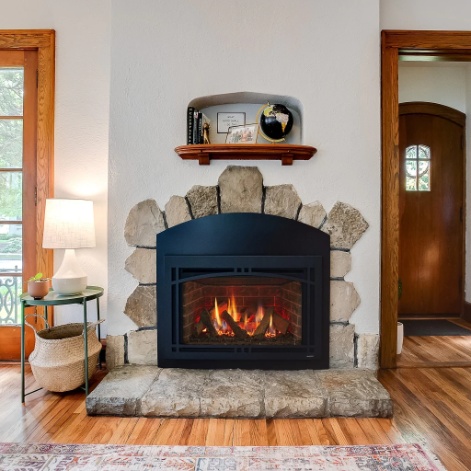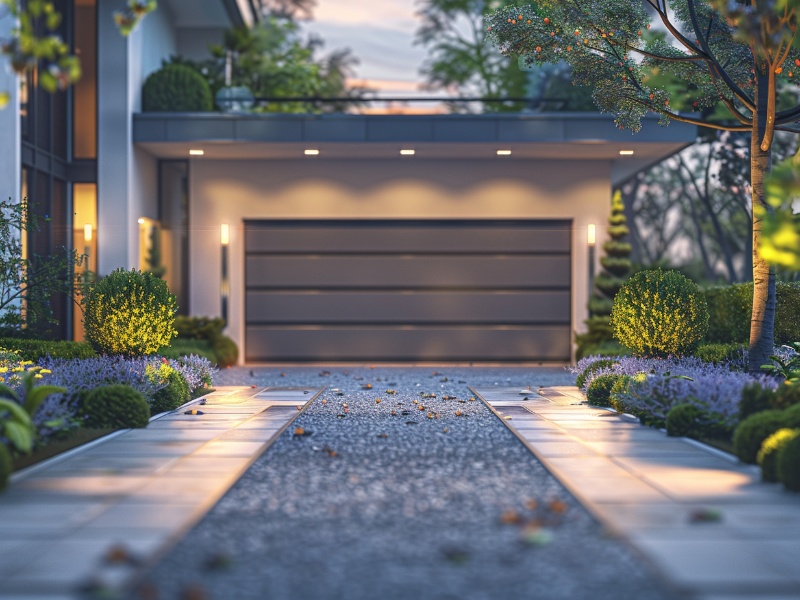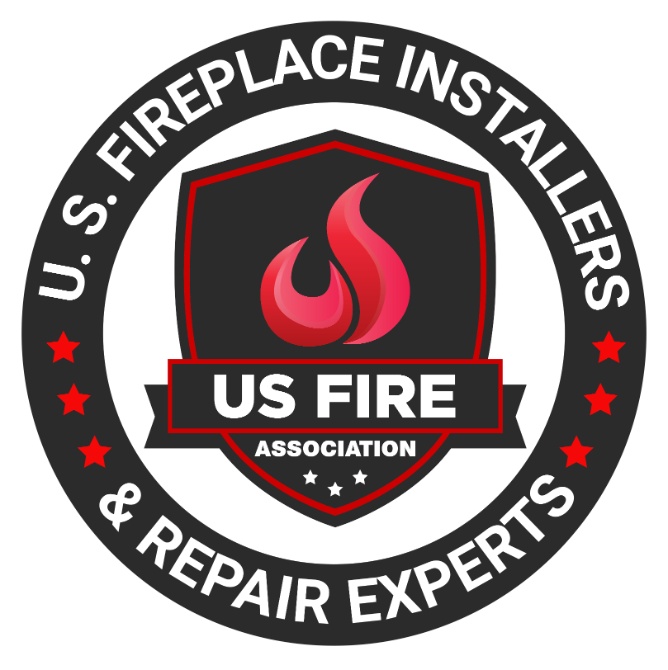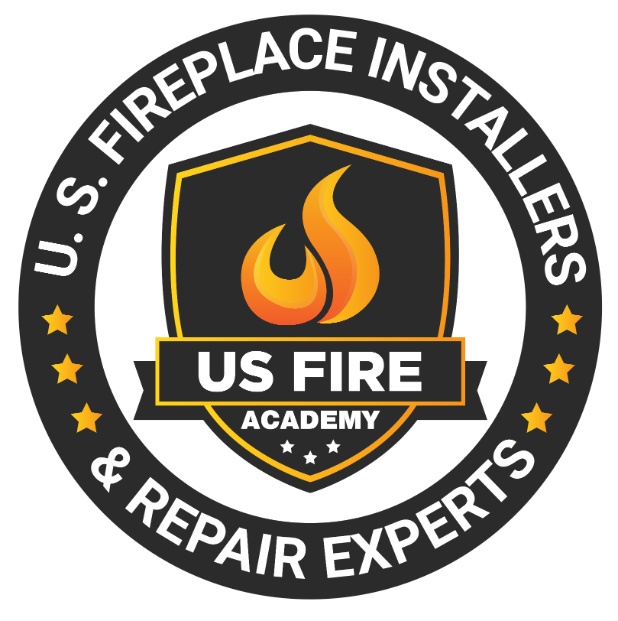Table of Contents
Looking to add warmth and ambiance to a home without a traditional fireplace? One alternative to consider is a zero clearance fireplace.
This article will delve into what a zero clearance fireplace is, the different types available (electric, gas, wood-burning), installation and maintenance tips, advantages, and key considerations before making an investment.
Discover why a zero clearance fireplace can be a practical choice for modern homes.
What is a Zero Clearance Fireplace?
A Zero Clearance Fireplace is considered a practical option for contemporary residences, as it provides an energy-efficient heating solution with straightforward installation and a range of safety features.
Its stylish design serves to improve both the heating effectiveness and visual appeal of indoor areas.
Overview and Benefits
It is important for homeowners to understand the overview and benefits of a Zero Clearance Fireplace when considering heating options for their living spaces.
These fireplaces are known for their effective heat output, energy efficiency, and the convenience of remote control for efficient heating.
Zero Clearance Fireplaces are specifically designed to complement home improvement projects by adding a sleek and modern touch to any room.
Their advanced ventilation systems not only maintain proper air quality but also allow for easy installation in compact spaces.
With integration capabilities for smart home devices, users can control these fireplaces remotely, providing the flexibility to adjust settings from any location in the house.
The high heat output efficiency of Zero Clearance Fireplaces ensures even heating throughout the room, resulting in significant energy savings over time.
Types of Zero Clearance Fireplaces
Zero Clearance Fireplaces are available in various types, including electric, gas, and wood-burning models, each with distinct heating capacities and sources.
Recognizing these differences assists homeowners in selecting the most appropriate option for their living spaces.
Electric vs Gas vs Wood-Burning
When comparing electric, gas, and wood-burning Zero Clearance Fireplaces, homeowners can assess factors such as heating capacity, heat output, and BTU ratings to make an informed decision about the most suitable fireplace for their needs.
Electric Zero Clearance Fireplaces are efficient in heating smaller areas, with heat output efficiencies of approximately 99%.
They are easy to install and maintain, providing consistent warmth through electric heat sources.
However, they may not offer the same cozy ambiance as gas or wood-burning options due to potentially less realistic flame effects.
Gas Zero Clearance Fireplaces provide powerful heating capacities and high BTU ratings, ensuring quick and even heat distribution.
However, they require a gas line connection and ongoing fuel costs.
Wood-burning Zero Clearance Fireplaces offer a traditional ambiance with natural flame aesthetics and robust heat.
They require regular maintenance and cleaning, produce more emissions, and need a chimney for ventilation.
Installation and Maintenance
Proper installation and maintenance of a Zero Clearance Fireplace are crucial for optimal performance and safety.
Homeowners have the option to select professional installation services or utilize DIY methods, ensuring adequate ventilation and compliance with safety protocols.
Steps and Tips for Proper Installation
The proper installation of a Zero Clearance Fireplace includes steps such as chimney sweep, understanding construction requirements, positioning the hearth correctly, and potentially selecting a wall-mounted design for space efficiency.
To begin the installation process, it is important to verify that the hearth extension meets the necessary dimensions for safety standards.
Proper construction of the firebox is essential, ensuring it is securely built-in and insulated to prevent heat from escaping into the walls.
When determining the placement of the hearth, factors such as its distance from combustible materials and its overall aesthetic appeal in the room should be considered.
Wall-mounted designs provide flexible placement options and may be a suitable option for homes with limited floor space.
Regular chimney maintenance is essential to guarantee proper ventilation and safety.
Cleaning and Maintenance Guidelines
Maintaining the cleanliness and proper functioning of a zero clearance fireplace involves regular cleaning of hearth pads, surrounds, and ensuring optimal heating capacity for efficient performance.
To start with, keeping the hearth pad clean is crucial to prevent debris or ash buildup, which can pose a fire hazard.
Use a vacuum with a brush attachment to remove any loose dirt or ash.
Wipe down the surrounds with a damp cloth to remove dust and soot buildup, especially around the viewing glass.
This not only enhances the aesthetic appeal of the fireplace but also ensures safety.
Checking and replacing the gaskets around the door is another important step to maintain the efficiency of the fireplace by preventing heat loss.
By following these maintenance tips diligently, you can prolong the lifespan of your zero clearance fireplace and enjoy its warmth effectively.
Advantages of a Zero Clearance Fireplace
Zero Clearance Fireplaces provide several benefits, such as:
- High efficiency ratings
- Substantial energy savings
- A variety of design options
- Effective heat distribution across living spaces
Efficiency and Cost Savings
Zero Clearance Fireplaces offer several advantages, including high heating efficiency, low maintenance requirements, and cost savings on heating solutions.
Investing in a Zero Clearance Fireplace can improve comfort and property value.
These fireplaces have a unique design that allows them to be installed directly against combustible materials, making them a great space-saving option for homes with limited room for traditional fireplace installations.
While the upfront installation costs can vary, the long-term savings on heating bills make them a smart investment.
Most Zero Clearance Fireplaces come with warranties, giving homeowners peace of mind about their purchase.
Positive customer reviews often emphasize the ease of use and energy efficiency, further demonstrating their value.
Design and Versatility
Zero Clearance Fireplaces are known for their design and versatility, making them a great choice for enhancing the aesthetics of living spaces.
They blend well with different surroundings and allow for personalized home decor and interior design options.
These fireplaces come with a variety of customization features, giving homeowners the ability to adjust the look and feel to match their individual preferences.
With convenient features like remote control operation and adjustable flame settings, they bring a modern touch to any room.
Whether you lean towards a sleek, contemporary style or a more traditional, rustic charm, Zero Clearance Fireplaces can easily fit in with various decor themes.
They have become a popular option in interior decor trends, providing both warmth and visual appeal while seamlessly integrating into a home’s overall design.
Considerations Before Installing a Zero Clearance Fireplace
When preparing to install a Zero Clearance Fireplace, it is important to take into account factors including:
- space availability
- ventilation needs
- safety measures
- the financial impact of installation expenses
Having a good grasp of these factors is key to a successful and secure fireplace installation procedure.
Space and Ventilation Requirements
Determining the space and ventilation requirements for a Zero Clearance Fireplace involves assessing room dimensions, ventilation needs, surroundings, and the appropriate BTU output for efficient heating.
Creating a comfortable and safe environment is essential for optimal fireplace performance.
Proper ventilation is crucial to ensure that the fireplace operates efficiently and safely.
The room size and layout play a significant role in the heat distribution and overall effectiveness of the fireplace.
It’s essential to consider the proximity of combustible materials to the fireplace and follow clearance guidelines for safety.
Matching the BTU output of the fireplace to the room size helps in achieving balanced heating without straining the unit.
By considering gas options and heat sources, you can tailor the fireplace to meet your heating needs effectively.
Safety Precautions
Ensuring safety measures are in place during the installation of a Zero Clearance Fireplace is essential to maintain the firebox’s integrity, ensure proper hearth extension, and adhere to safety features for a secure and hazard-free heating setup.
Properly insulating and tightly sealing the firebox is crucial to prevent heat transfer to nearby combustible materials.
Installing the hearth extension in accordance with manufacturer specifications establishes a safe distance between the fireplace and flooring, thereby reducing the risk of accidental fires.
It is important to diligently follow installation guidelines, including venting requirements and clearance distances, to uphold optimal heat distribution and minimize potential hazards.
Regular maintenance checks, such as inspecting the flue system and cleaning the chimney, are necessary to ensure the fireplace’s longevity and safe operation.
Frequently Asked Questions
1. What is a zero clearance fireplace?
A zero clearance fireplace, also known as a prefabricated fireplace, is a type of fireplace that can be installed directly against combustible materials such as wood or drywall. It is designed to be safe and efficient for use in modern homes.
2. What are the benefits of a zero clearance fireplace?
A zero clearance fireplace is a smart choice for modern homes because it offers several advantages. It takes up less space and can easily be installed in tight spaces, making it ideal for smaller homes or apartments. It also eliminates the need for a masonry chimney, reducing installation cost and time.
3. Are zero clearance fireplaces safe to use?
Yes, zero clearance fireplaces are safe when installed and used properly. Organizations such as Underwriters Laboratories (UL) test and certify them to ensure they meet safety standards. However, it is important to follow the manufacturer’s instructions and have the fireplace installed by a professional to ensure safe operation.
4. What types of fuel can be used in a zero clearance fireplace?
You can use a variety of fuel options with zero clearance fireplaces, including wood, gas, and electric. This allows you to choose the type of fuel that best fits your needs and preferences.
5. Is a zero clearance fireplace energy efficient?
Yes, zero clearance fireplaces are energy efficient. They feature insulated fireboxes and use materials that retain heat, making them more efficient at heating a room compared to traditional masonry fireplaces.
6. Can a zero clearance fireplace be customized to match my home’s décor?
Yes, most manufacturers offer a variety of design options for zero clearance fireplaces, including different finishes and mantel styles. This allows you to customize the fireplace to fit your home’s décor and aesthetic.
Latest Articles

What Is An NG (Natural Gas) Indicator And Why You Need It For Your Fireplace
Table of Contents1 Understanding Natural Gas Fireplaces2 What is an NG Indicator?3 Importance of NG Indicators for Safety4 Types of NG Indicators5 Installation and Maintenance of NG Indicators6 Signs of a Faulty NG Indicator7 Frequently Asked Questions Natural gas fireplaces are a favored option among numerous homeowners due to their convenience and effectiveness. But, what is an NG (Natural Gas) indicator and why you need it for your fireplace? It is imperative to comprehend how they function and the significance of having an NG (Natural Gas) indicator for safety purposes. This article delves into the definition and significance of NG indicators. We will discuss the potential hazards associated with the absence of one and the various types of indicators accessible. Also, we will discuss installation and maintenance recommendations, and methods to recognize and rectify issues with malfunctioning indicators. Stay well-informed and ensure the safety of your home by referring to this exhaustive guide. Understanding Natural Gas Fireplaces Natural gas fireplaces serve as an efficient and convenient heating option for numerous households. They utilize natural gas as a fuel source to deliver consistent warmth and ambiance. How They Work and Why They Need NG Indicators The operation of natural gas fireplaces involves igniting natural gas to generate heat. This process requires diligent monitoring to ensure both safety and efficiency, a task facilitated by the use of NG indicators. NG indicators play a critical role in detecting potential gas leaks. They enable residents to promptly address and mitigate any associated hazards. Through continuous monitoring of gas levels and providing timely warnings and alerts, NG indicators uphold a secure indoor environment. It is imperative to ensure that these indicators function properly to facilitate the effective operation of natural gas fireplaces. This helps mitigate the inherent risks linked to gas leaks. What is an NG Indicator? An NG indicator is a specialized device equipped with advanced sensors and technology. It is specifically designed to detect natural gas leaks and monitor gas pressure in appliances, such as fireplaces. Definition and Purpose The NG indicator functions as a detector that monitors gas appliances for potential leaks. It provides essential functionality to ensure safety in households utilizing natural gas. These detectors play a crucial role in protecting residences by notifying occupants of dangerous gas leaks long before they escalate into perilous situations. Through continuous monitoring of gas levels in the vicinity, NG indicators offer an additional layer of protection. This is particularly important in properties that rely on gas-operated fireplaces or stoves. These devices not only help avert potential disasters but also enhance the overall peace of mind of homeowners. They assure them that their living spaces are equipped with reliable safety features. Importance of NG Indicators for Safety Natural gas indicators are essential for maintaining safety in households equipped with natural gas appliances. These devices serve as a proactive measure to promptly detect gas leaks. This offers homeowners a sense of security and assurance. Potential Dangers of Not Having an NG Indicator The absence of an NG indicator in residences equipped with natural gas appliances can pose significant hazards. This includes the risk of undetected gas leaks , carbon monoxide poisoning , and pilot outages that may lead to dangerous situations. These potential risks can profoundly impact indoor air quality. They directly influence the health and safety of individuals residing in the household. Undetected gas leaks can go unnoticed, gradually permeating the air and creating a potentially explosive environment. Insufficient ventilation from undetected exposure to carbon monoxide can lead to serious health complications. These range from mild symptoms such as dizziness to fatal poisoning. Without proper monitoring from an NG indicator, families are left susceptible to these concealed threats. This underscores the critical importance of implementing proactive measures to mitigate such risks. Types of NG Indicators Indicators for Natural Gas (NG) are available in diverse types. Each presents distinct detection capabilities tailored to specific requirements, encompassing both manual and automated alternatives. Manual vs. Automatic Indicators Manual NG indicators require user intervention for monitoring gas levels and identifying leaks. On the other hand, automatic indicators employ sophisticated technology to deliver continuous, real-time monitoring. This heightened efficiency and oversight enhance safety protocols. Conventional manual indicators rely on individuals to physically inspect and evaluate gas levels periodically. This renders them more susceptible to human errors. Conversely, automatic indicators feature sensors capable of promptly detecting even the most minute fluctuations in gas levels. This establishes a more dependable and precise monitoring mechanism. Automatic indicators can activate alerts and shut-off systems upon detecting a leak. This ensures immediate action to avert potential hazards. This advanced technology enhances safety protocols and instills a sense of command and assurance among users. Installation and Maintenance of NG Indicators The reliable and accurate performance of NG indicators necessitates proper installation and consistent maintenance. This often entails professional installation and adherence to recommended service guidelines. Proper Installation and Regular Maintenance Tips The proper installation of NG indicators involves adhering to the specifications in the user manual. Maintenance protocols entail strict adherence to a predetermined maintenance schedule to ensure sustained operational efficiency. During the installation phase, it is imperative to verify that the NG indicators are securely affixed in the designated location as stipulated by the manufacturer. Crucial steps include confirming power source compatibility and ensuring proper grounding of the device to optimize performance. Calibration of the indicator must be executed meticulously to ensure precise readings. Regarding maintenance, essential practices include regular inspection for signs of wear, thorough cleaning of the indicator components, and routine functionality tests. By allocating time to a consistent maintenance regimen, the NG indicator can operate with optimal efficiency over an extended duration. Signs of a Faulty NG Indicator Recognizing indicators of a malfunctioning NG indicator is essential for upholding safety and performance standards. Inaccuracies and detection issues can undermine the efficacy of these devices. Identifying and Addressing Issues The process of identifying and addressing issues related to NG (natural gas) indicators requires a systematic troubleshooting approach. This ensures their optimal performance

What You Need To Know About Gas Log Set Safety And Installation Considerations
Table of Contents1 Understanding Gas Log Sets2 Safety Considerations for Gas Log Sets3 Installation Guidelines for Gas Log Sets4 Maintaining and Troubleshooting Gas Log Sets5 Frequently Asked Questions Gas log sets are a favored option among homeowners seeking to enjoy the comfort and atmosphere of a conventional fireplace without the inconvenience of wood. This article tells you what you need to know about gas log set safety and installation considerations. Before incorporating one into your residence, it is imperative to understand the safety considerations associated with their use. This discussion delves into the potential hazards linked with gas log sets. It presents crucial precautions to uphold the safety of your home. Also, it outlines proper installation procedures and offers insight into common errors to avoid. Finally, it provides advice on maintenance and troubleshooting. Gain comprehensive knowledge on gas log set safety and installation considerations. Understanding Gas Log Sets Comprehending gas log sets is essential for individuals seeking to elevate their fireplace experience, and for gas lag set safety and installation. These heating appliances can operate on either natural gas or propane. In addition, they are available in a range of styles, including vented, ventless, and vent-free options. They provide an array of benefits and customization opportunities through various fireplace accessories. What are Gas Log Sets? Gas log sets are meticulously crafted artificial logs. They are designed to imitate the appearance and functionality of authentic wood logs within fireplaces. These gas log sets typically consist of ceramic or refractory concrete logs that have been skillfully molded and painted. This allows them to replicate the natural grain and texture of real wood. The logs are arranged in various configurations within the fireplace. They establish a realistic and welcoming ambiance. In addition to the logs, gas log sets often include fireplace accessories such as glowing embers. Accessories also include decorative stones, and even pine cones to enhance the overall aesthetic appeal. Homeowners can select from an array of placement options. These include traditional wood stack, cascading driftwood, or a contemporary geometric arrangement. Homeowners can align their preferred style and design preferences. Safety Considerations for Gas Log Sets Safety considerations for gas log sets are of utmost importance to guarantee a secure and pleasant fireplace experience. It is essential to address potential hazards such as carbon monoxide exposure, gas leaks, and fire safety to maintain a safe environment for homeowners. Potential Hazards and Precautions Gas log sets come with potential hazards that must be taken seriously, including the risks of gas leaks, carbon monoxide poisoning, and fire incidents. It is imperative to establish and adhere to rigorous safety measures to ensure the well-being of individuals and properties involved in the use of gas log sets. Gas leaks represent a significant hazard when utilizing gas log sets. They can result in the accumulation of combustible gas within the premises, heightening the possibility of explosions or fires. Carbon monoxide, an insidious gas generated during incomplete combustion, poses a grave threat due to its colorless and odorless nature, making it undetectable without proper monitoring. To address these risks effectively, it is vital to install carbon monoxide detectors and gas leak sensors in the vicinity of the gas logs. Routine maintenance checks on the gas log system, including cleaning and inspection procedures, are critical to ensure safe operations and the prompt identification of potential issues. In case of a gas leak or suspected presence of carbon monoxide, immediate evacuation of the affected area is paramount, followed by prompt contact with emergency services. Recognizing the distinct odor of rotten eggs associated with natural gas can serve as an early warning sign, prompting swift actions to avert any potential accidents. Installation Guidelines for Gas Log Sets The installation of a gas log set necessitates meticulous planning and strict adherence to specific guidelines. This includes verifying a secure gas connection, ensuring proper gas lines are in place, and complying with local building codes. Often, the complexity of these requirements may require the expertise of a certified technician. Proper Installation Techniques The appropriate installation procedures for gas log sets involve the secure connection of gas lines, meticulous adherence to installation manuals, and strict compliance with local building codes. It is imperative to prioritize the guarantee of secure gas connections to avert leaks and potential safety hazards. During the installation of gas log sets, utilizing suitable sealants and fittings is essential to establish a tightly sealed connection. The correct installation of gas lines is critical for both the safety and operational efficacy of the gas log set. Reference to the installation manual is highly advisable for detailed, step-by-step guidance to prevent inaccuracies and ensure the successful establishment of the gas log set. Consistently adhering to building codes and regulations upholds safety standards. Seeking guidance and confirmation from a certified technician before and after installation can offer invaluable support and assurance throughout the process. Common Installation Mistakes to Avoid It is imperative to avoid common installation errors to ensure the secure and effective operation of gas log sets. This includes verifying proper gas connections and compliance with building codes. Improper gas connections can result in leaks and potential hazards, underscoring the importance of verifying the tightness and correct alignment of all fittings. Failure to adhere to building codes can lead to structural complications, penalties for non-compliance, or even safety concerns. To prevent these oversights, it is advised to consult the manufacturer’s installation guidelines and strictly adhere to local regulations. Engaging a certified technician for the installation of gas log sets guarantees that the procedure is carried out accurately and securely. This provides assurance that the system is functioning as intended. Maintaining and Troubleshooting Gas Log Sets Regular maintenance and troubleshooting of gas log sets are imperative to uphold their optimal performance and safety. This includes thorough examination of the pilot light, pilot assembly, and other gas appliances to preserve heating efficiency and promptly resolve any arising issues. Tips for Maintenance and Repair Ensuring the proper maintenance of your gas log set necessitates conducting

Key Considerations For Using Compressed Liquid Propane In Fireplace Installation
Table of Contents1 What is Compressed Liquid Propane?2 Benefits of Using Compressed Liquid Propane in Fireplaces3 Safety Precautions for Installing Compressed Liquid Propane Fireplaces4 Installation Process for Compressed Liquid Propane Fireplaces5 Maintenance and Care for Compressed Liquid Propane Fireplaces6 Alternative Fuel Options for Fireplaces7 Frequently Asked Questions If you are contemplating the use of compressed liquid propane in your fireplace installation, this discussion will delve into the advantages of adopting this alternative fuel option. These benefits include enhanced efficiency, cost savings, and important safety precautions to consider. Furthermore, a detailed step-by-step guide on the installation process will be provided, along with recommendations for maintenance and care. A comparison of various fuel options for fireplaces will also be conducted to assist you in making an informed decision. We encourage you to stay engaged to gain insights into optimizing your fireplace’s capabilities with compressed liquid propane. What is Compressed Liquid Propane? Compressed Liquid Propane is a versatile energy source contained in a high-pressure propane tank. It finds extensive utility in both residential and commercial settings, prominently including fireplaces. Recognized for its convenience and efficiency, Compressed Liquid Propane emerges as a favored option for heating residential spaces and facilitating culinary pursuits across various environments. Additionally, it serves as a viable fuel substitute in vehicular contexts, portable cooktops, and outdoor grilling scenarios due to its propensity for clean combustion. The attribute of portability, coupled with ease of storage, positions Compressed Liquid Propane as an optimal energy source for individuals residing off the conventional grid. It is also great for engaging in outdoor activities such as camping and recreational vehicle (RV) travel. Moreover, the high energy density inherent to Compressed Liquid Propane renders it a dependable choice for sustaining generators during instances of power disruptions. Benefits of Using Compressed Liquid Propane in Fireplaces Utilizing Compressed Liquid Propane for fireplace installation presents several benefits. These include enhanced fuel efficiency, convenience, cost-effectiveness, and a favorable environmental footprint. These attributes render it a recommended option for heating solutions, applicable to both on-grid and off-grid settings. Efficiency and Cost Savings The utilization of Compressed Liquid Propane in fireplaces offers significant advantages, notably in terms of high fuel efficiency and cost-effectiveness. These attributes are underscored by the exceptional BTU rating and overall heating efficiency of Compressed Liquid Propane. The elevated fuel efficiency exhibited by Compressed Liquid Propane fireplaces necessitates less fuel to generate the same level of heat compared to traditional wood-burning fireplaces or electric heating systems. Consequently, homeowners can realize cost savings on their heating expenditures over an extended period. Moreover, the clean-burning characteristics of propane minimize maintenance costs linked to soot and ash cleanup. This further enhances the cost-effectiveness of employing propane fireplaces. Safety Precautions for Installing Compressed Liquid Propane Fireplaces Ensuring safety is of utmost importance during the installation of Compressed Liquid Propane fireplaces. This requires strict adherence to safety regulations, meticulous attention to proper ventilation requirements, careful control of ignition sources, and the incorporation of carbon monoxide and gas leak detection systems. Important Safety Measures Essential safety protocols for the installation of Compressed Liquid Propane fireplaces encompass adherence to fire safety regulations. Engaging in professional assessments and employing sophisticated gas leak and carbon monoxide detection mechanisms is crucial. Professional evaluations play a critical role in identifying any prospective hazards or irregularities within the fireplace infrastructure. These assessments are vital in ensuring the operational integrity of all components and compliance with safety protocols. Routine inspections serve to forestall potential fire incidents, gas discharges, or carbon monoxide emissions that could pose significant threats to both the property and individuals in the vicinity. The utilization of advanced gas leak and carbon monoxide detection systems serves as an additional safeguard by promptly notifying occupants of any elevated levels of these hazardous gases. Installation Process for Compressed Liquid Propane Fireplaces The installation procedure for Compressed Liquid Propane fireplaces encompasses several critical steps. These include: Adhering to installation guidelines Correctly positioning the propane tank Ensuring precise gas line installation Optimizing heat output Monitoring pressure regulation Establishing the pilot light Step-by-Step Guide The installation process of Compressed Liquid Propane fireplaces involves a systematic approach. This begins with the construction of the firebox, followed by the installation of the gas control valve, setup of the ignition system, design of the flue, and verification of a suitable combustion air supply. The construction of the firebox assumes critical importance as it serves as the foundation of the fireplace structure. It securely holds the combustible materials in place. Subsequently, the gas control valve plays a key role in managing the propane flow, guaranteeing safe and efficient operation. The installation of the ignition system facilitates convenient and reliable fire initiation. Designing the flue is a necessary step to direct exhaust gases outside, thus preventing their accumulation indoors. Moreover, ensuring a proper combustion air supply is essential to sustain optimal burning conditions and enhance fuel consumption efficiency. Each component contributes significantly to the functionality and safety of the fireplace installation process. This underscores the importance of meticulous attention to detail and adherence to established protocols. Maintenance and Care for Compressed Liquid Propane Fireplaces Consistent maintenance and attention to Compressed Liquid Propane fireplaces are imperative to guarantee their optimal functionality. This includes adherence to prescribed maintenance protocols, regular chimney upkeep, prevention of soot accumulation, and scheduling of routine propane deliveries and professional inspections. Tips for Keeping Your Fireplace in Good Condition For the maintenance of your Compressed Liquid Propane fireplace, it is essential to conduct regular checks on ignition sources. Monitor flame appearance, clean the gas burner and pilot assembly, and verify the correct operation of the safety shut-off valve. The inspection of ignition sources requires a detailed examination of the electronic igniter. This helps identify any signs of damage or corrosion and ensures proper sparking upon activation. Monitoring flame appearance involves observing a consistent blue flame with minimal flickering, which signifies efficient combustion. Cleaning the gas burner and pilot assembly can be performed using a soft brush or compressed air to eliminate any dirt or debris that may
